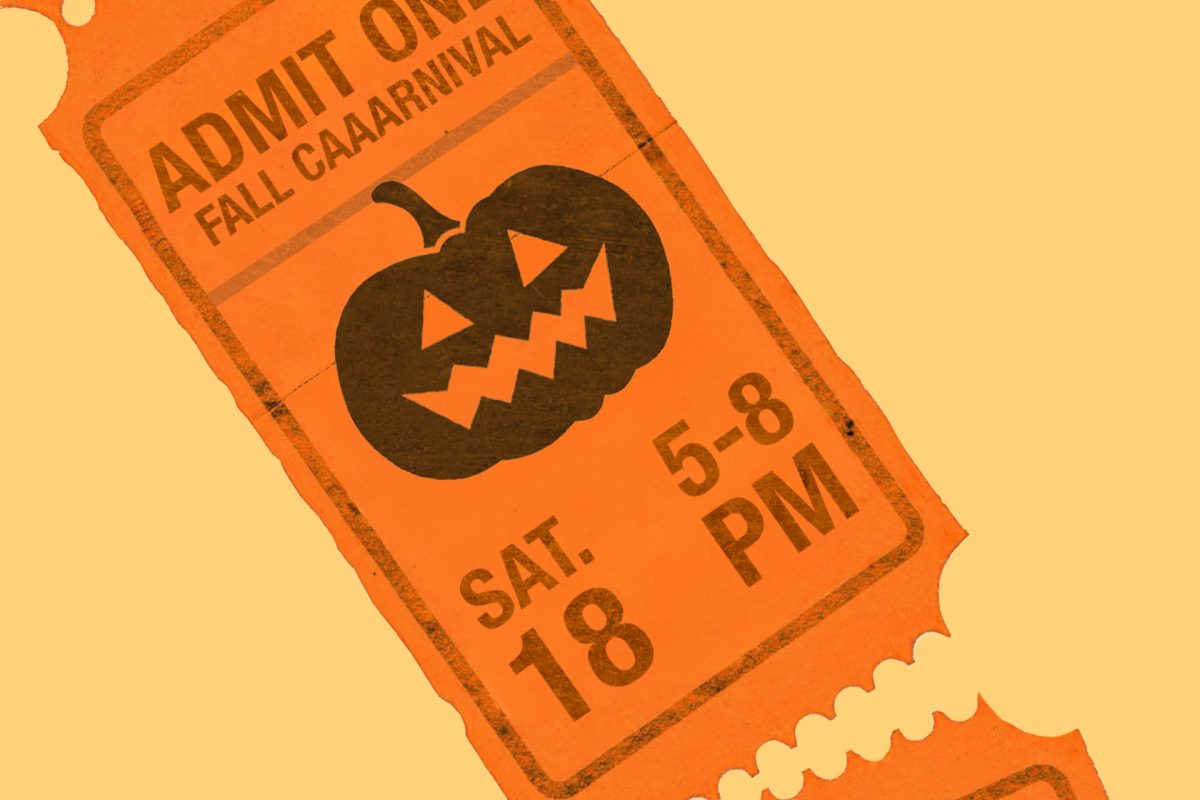In a large compound off the beaten path of Rollins Street is a 40-year-old bird sanctuary called the Raptor Rehabilitation Project.
In the building there are eagles, hawks, kites, falcons, owls and vultures in various states of recovery.
The Raptor Rehabilitation Project has three purposes: to rehabilitate and release raptors back into the wild, to educate the public about the creatures and to study and learn more about the birds of prey.
Project volunteers take turns presenting at different events, raptors in tow, to talk about the importance of raptors and to provide a rare and up-close view of the birds. They typically present at schools, Boy Scout and Girl Scout events and community events.
Except for faculty advisers and an on-hand orthopedic surgeon, the project is entirely student-run, Raptor Rehabilitation Project President Elizabeth Groth said. She is a third-year veterinary student at MU.
“We pretty much self-teach ourselves, we kind of pass down class-to-class, but it’s almost entirely self-run among students,” she said.
The project attracts 30-50 volunteers each year, who are involved in every step of a bird’s recovery from triage and diagnosis to treatment and release.
The project works within a tight radius. All of the birds are found in Missouri and many are in Columbia.
“A majority of them are found right here in Boone County and in the surrounding counties, and occasionally for eagles we’ll go as far as Lake of the Ozarks area,” Groth said.
There are currently nine “resident birds” in the project, meaning the birds have sustained permanent injuries and cannot be released into the wild. After releasing a fully healed owl on Saturday, the project has three “rehab birds.”
“Last year we had 85 birds come through our project and we released I think 18 of them,” Groth said. “So our release rate isn’t that high, but from what I understand, it’s pretty close to the national average.”
Most injuries come in the form of broken bones and head injuries as a result of being hit by a car, Groth said. Many eagles also enter the project with lead poisoning.
The rehabilitation process varies from one week to six months or more. Some birds come in weak and malnourished and stay for a few days to eat and regain strength, while other raptors have broken bones that require several months of treatment.
Before the healthy raptors are released they are taken to the project’s “flight cages,” which enable them to redevelop their flight muscles and prove to the volunteers they are still able to hunt for live prey.
Those that cannot be released into the wild travel around town with the volunteers and become a part of the project’s presentations. According to the RRP’s website, the birds serve as “ambassadors” for the project.
Freshman Erin Fuchsen said she finds the ambassadors to be the most interesting part of the project’s presentations.
“I really enjoyed the fact that they had real birds there,” she said. “I like how they keep the permanently injured birds content despite the fact that they can never return to the wild.”
In order to keep the project running, the RRP offers an “adoption” system, where a patron can sponsor a raptor and in return he or she receives a packet with a picture and background history of their adoptive bird. Patrons attend a special picnic each year and also get to see the inside of the compound where the birds live, which is normally closed to the public.







